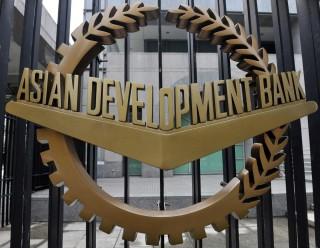The Asian Development Bank (ADB) has raised its growth forecast for Uzbekistan for 2024 and 2025 after economic growth in the first half of 2024 outpaced expectations due to higher investment and strong expansion in industry.
This was presented on 3 October by ADB Regional Lead Economist for the Central and West Asia Department Kiyoshi Taniguchi at the Central Asian University of Environmental and Climate Change Studies.
The Asian Development Outlook (ADO) September 2024, an update to ADB’s flagship economic publication, projects 6% growth for Uzbekistan’s gross domestic product (GDP) in 2024, slightly higher than the 5.5% forecast in April 2024. Growth in industry surpassed expectations in the first half of the year with gains in industry and construction. Growth is projected to further expand to 6.2% in 2025, a notable increase from the earlier projection of 5.6% made in April 2024.
“Despite higher domestic prices for energy, inflation decelerated in the first half of 2024 and GDP growth is expected to steadily increase in 2024 and 2025,” said ADB Country Director for Uzbekistan Kanokpan Lao-Araya. “The projected expansion in industry, construction, and consumption is anticipated to yield higher growth in the rest of this year and next.”
A steady increase in consumption accelerated growth on the demand side. Growth in consumption increased as household expenditures rose thanks to higher wages and pensions and a robust rise in remittance inflows, including from Germany, the Republic of Korea, Poland, and the United States. Government programs to diversify the destinations of migrant workers from Uzbekistan helped reduce the share of remittances from the Russian Federation. Rising remittances, wages, and pensions should maintain growth in consumption.
Continued growth is also anticipated for investment, on the expectation of high global prices for gold and copper, high domestic needs for industrial goods and housing, strong foreign direct investment, and structural reforms to liberalize markets and regulated prices.




